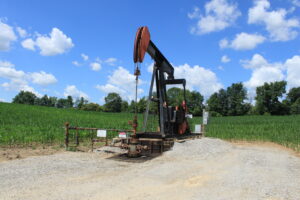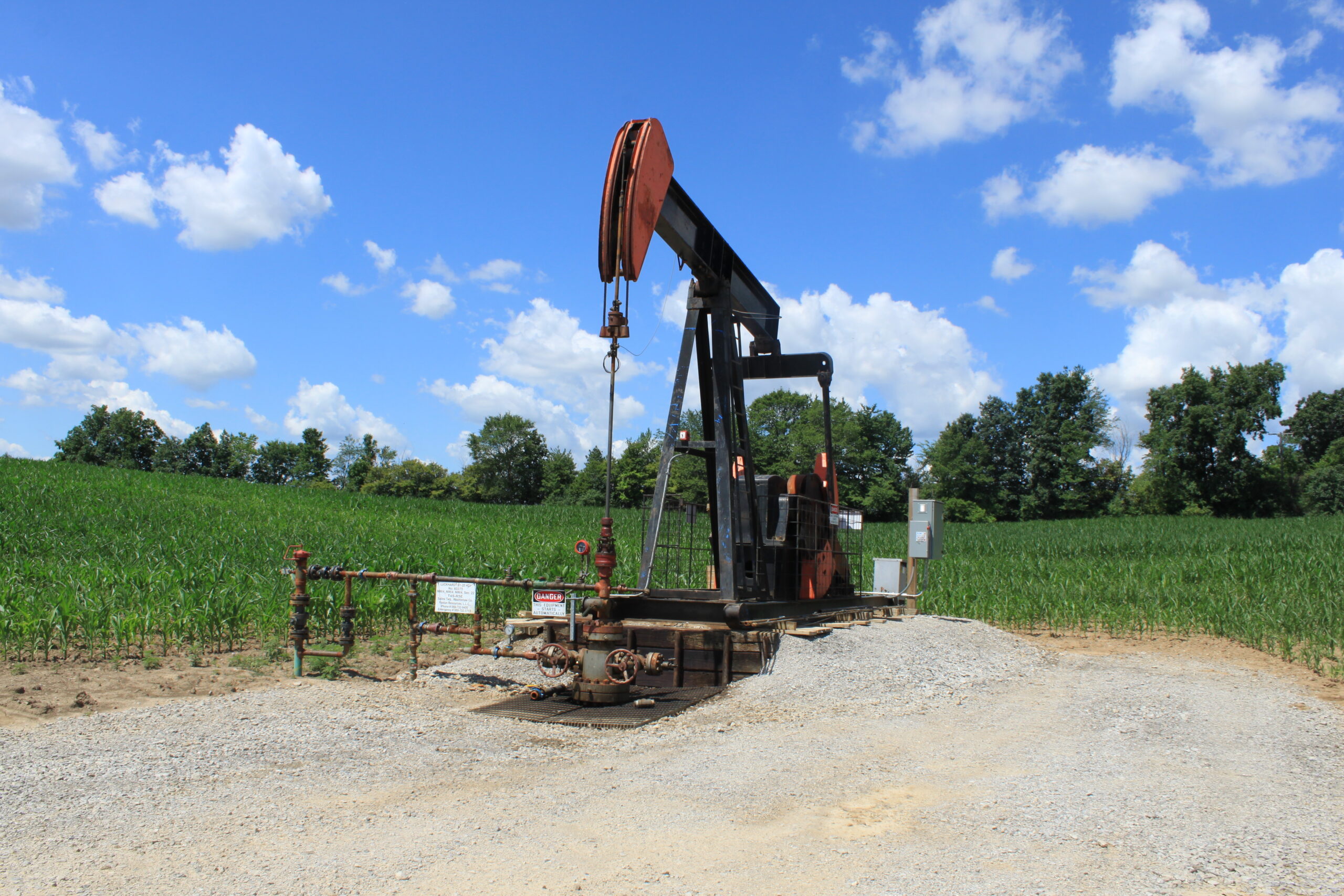The fatality rate in the oil and gas industry is higher than any other industry according to the Census of Fatal Occupational Industries (CFOI). However, the average of 110 annual deaths in the industry does not account for deaths in the upstream industry, meaning the fatality rate could be even higher than federal figures suggest.

“We believe we’re underestimating the number of deaths in the upstream industry,” said Ryan Hill of NIOSH during discussions at the Safety 2015 tradeshow in Dallas, TX. Federal numbers currently do not factor in the number of hours worked by employees in these industries and don’t include the fatalities that fall under other NAICS codes.
To address the issue, NIOSH has developed their Fatalities in Oil and Gas Extraction database (FOG). The FOG database will allow NIOSH to accurately report industry fatality rates by collecting data on fatal events using deferral statistics, media reports, crash reports and OSHA information.
With the implementation of the FOG database, NIOSH has already been able to recognize potential fatality trends. Since 2010-2014, nine deaths were caused from the inhalation of volatile organic compounds (VOC). Identifying these trends are critical to improving safety standards, as it allows industry leaders and officials to make decisions on how to better protect workers. NIOSH has listed the following recommendations to reduce the risk of similar fatalities.
- Provide workers ability to monitor tank fluid levels remotely
- Establish administrative controls where remote gauging is not feasible
- Provide respiratory protection such as self-contained breathing apparatus (SCBA) where remote gauging is not feasible
- Perform Hazard and Risk Assessment on every well site
- Ensure proper training and use of calibrated multi-gas monitors and actions for when an alarm occurs
- Establish emergency procedures for medical response when necessary
While the oil and gas industry may still be the most fatal industry, the good news is that overall fatality rates are declining due to increased employment and production. Hopefully, with careful monitoring and smart decision-making, industry standards will continue to improve.







